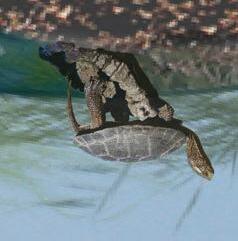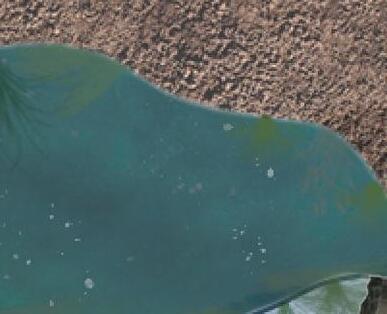
2 minute read
ECO-LOGICAL REVITALIZATION
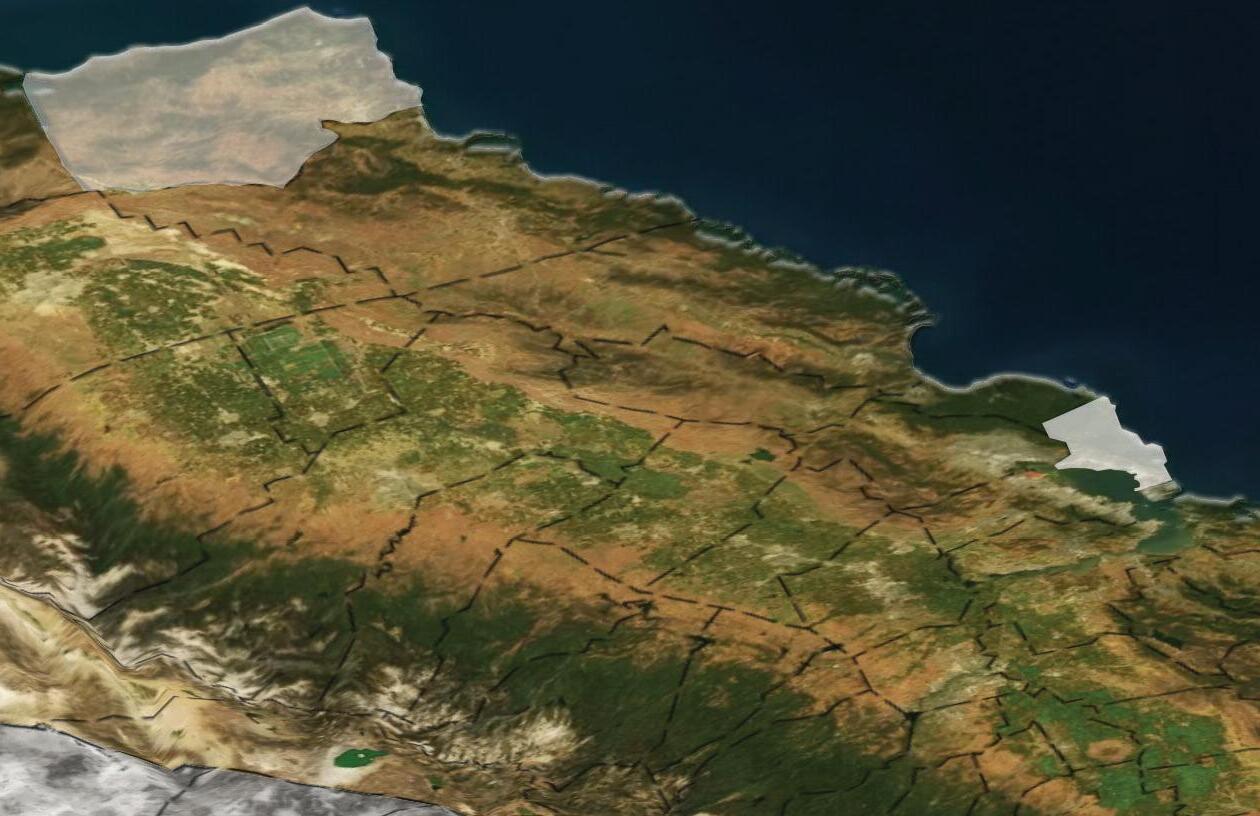

Advertisement

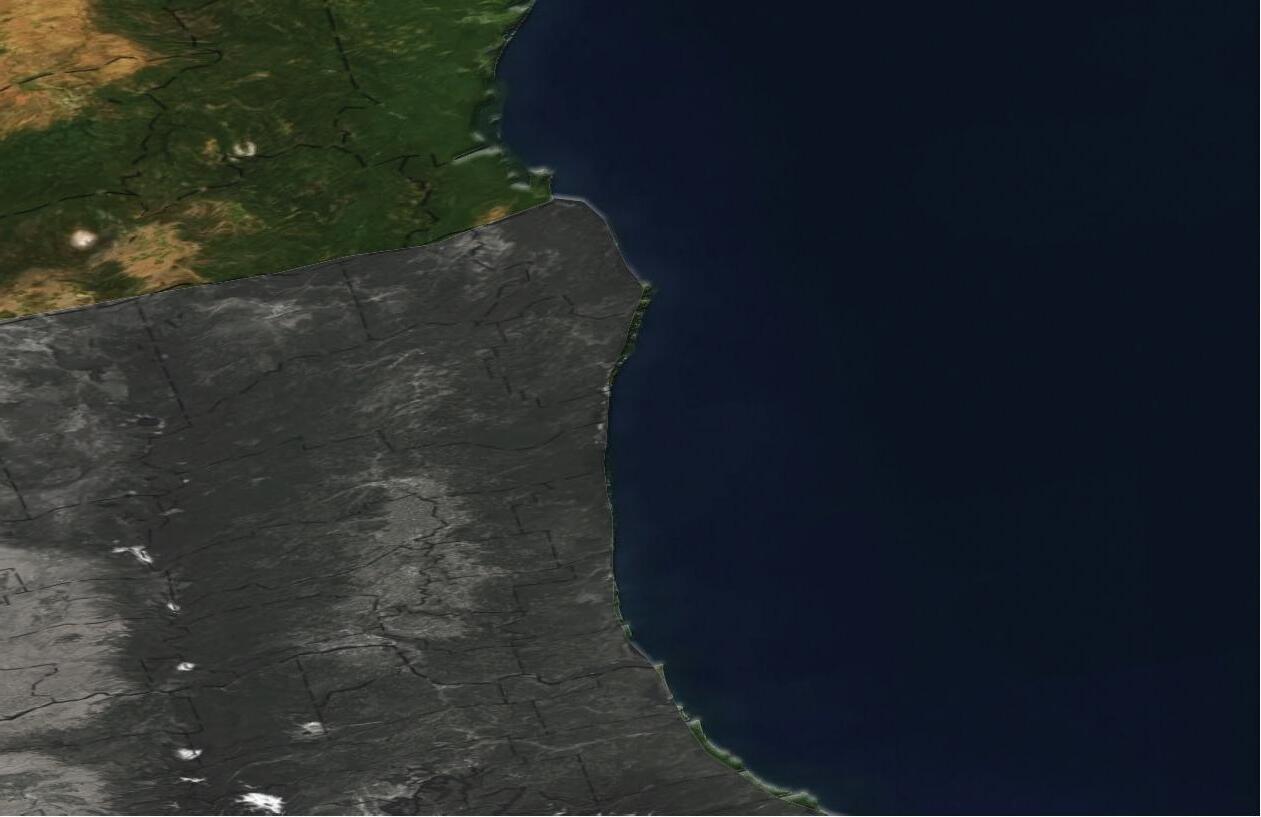
LOCATION: TNC Dangermond


YEAR: 2023







INSTRUCTOR: Maryam Eskandari

For my Capstone Project, I was allowed to transform my site from an untouched oak woodland grove to a more ecological and land-revitalizing space. As someone who grew up around various wildlife, from your typical pet dog to alpacas and cows, I found it essential to understand and ask myself whom I was ultimately designing for. While thinking about whom I was designing for, I was compelled to create a design that would highlight new habitats and also, in turn, help the land itself— designing spaces while restoring the land, building the soil, implementing water capture systems, undergoing phytoremediation, and sequestering carbon.
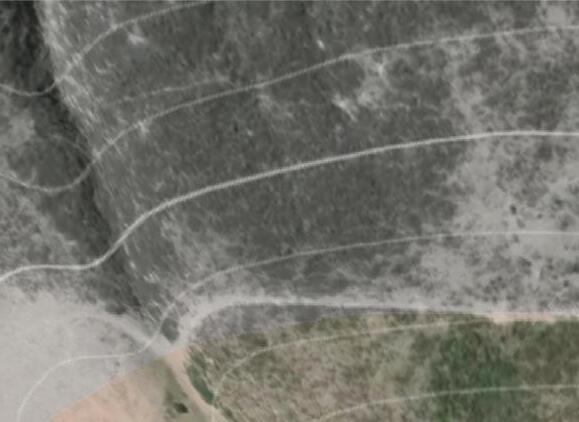


Focus Points

B.Connectivity
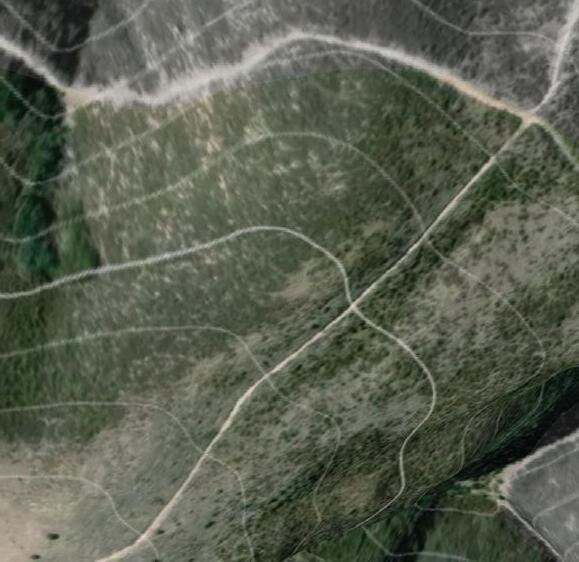

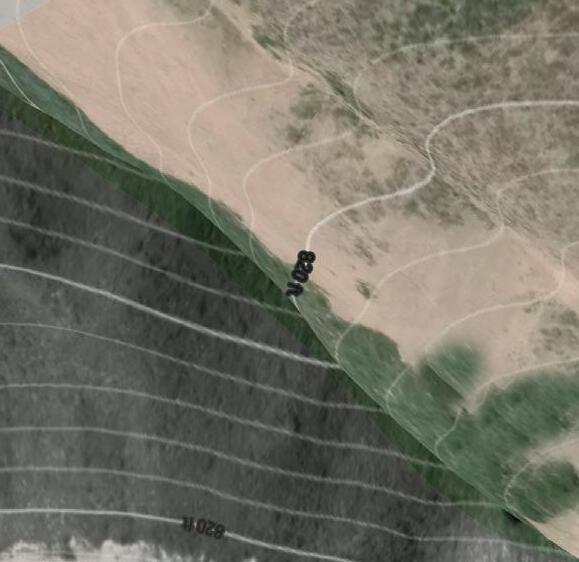
A.Restoration
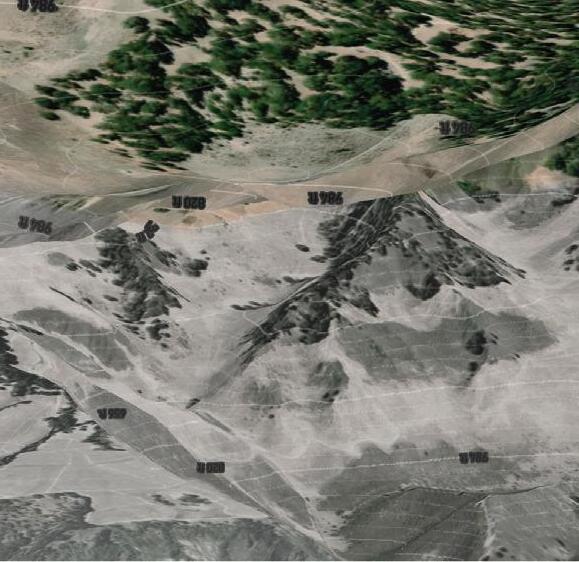
B.Phytoremediation

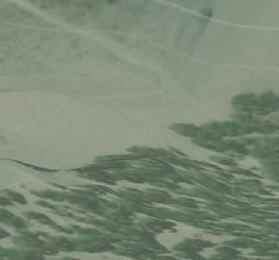
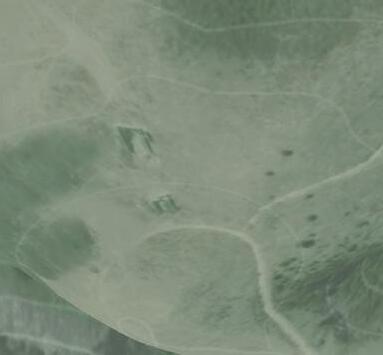

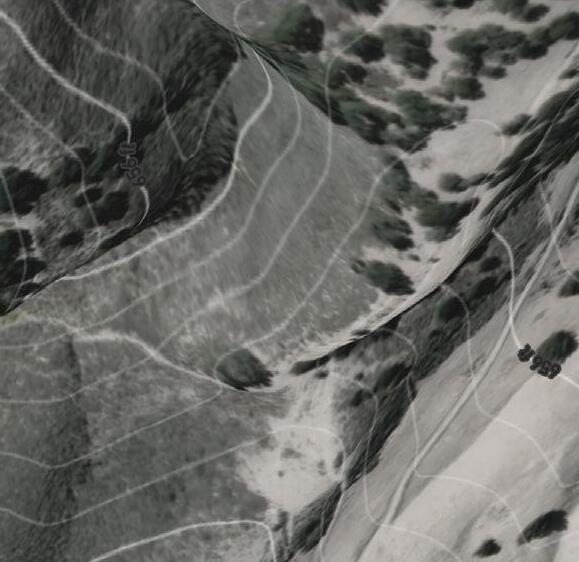
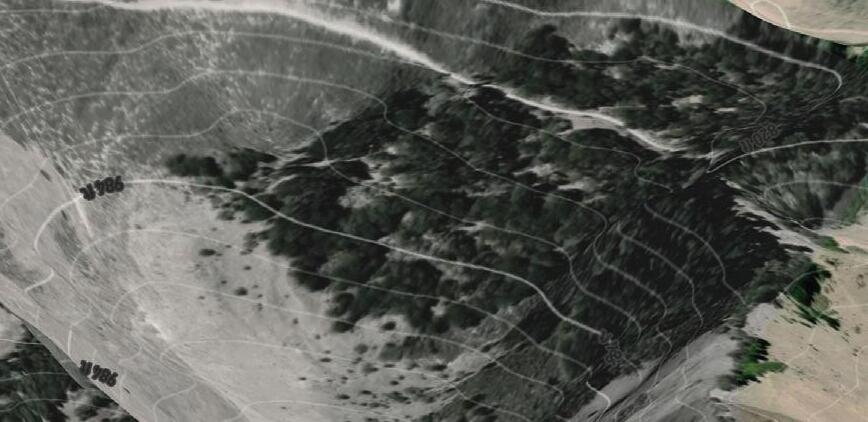

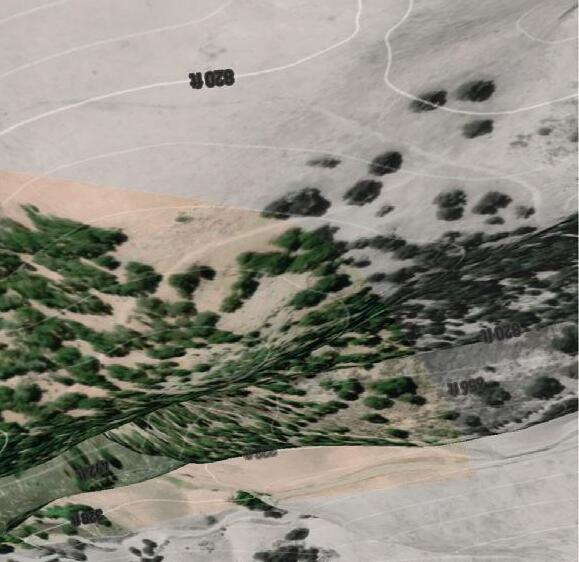
C.Sequestration

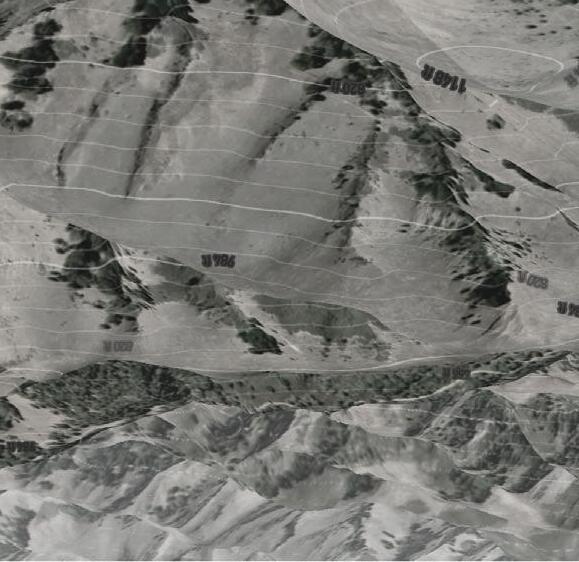
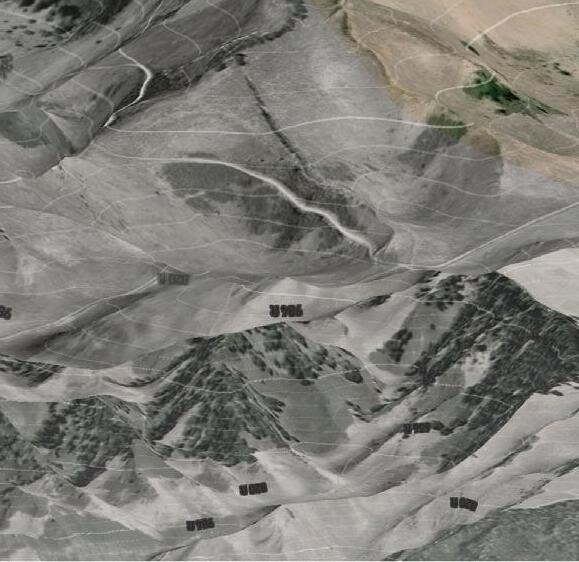

Composting Toilet
Bio-decomposition breaks down solid waste material in composting toilets. Waste is mixed with bulking agents such as wood shavings to boost aerobic conditions. During the composting process, the warm, moist environment speeds up the breakdown of the waste.
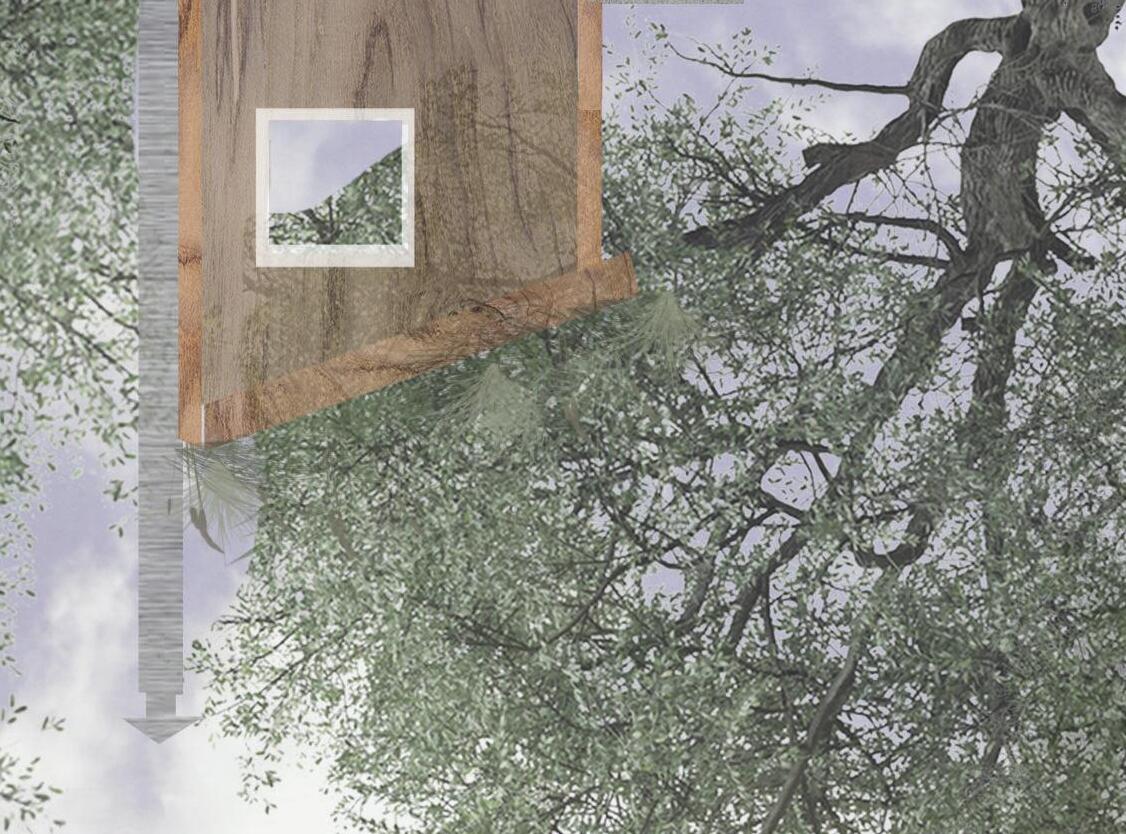

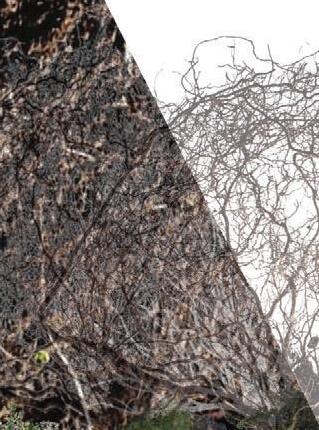
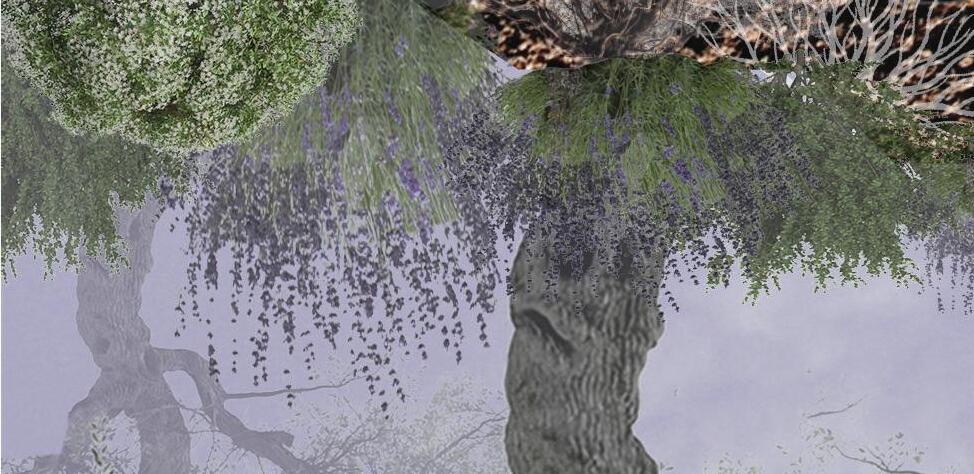
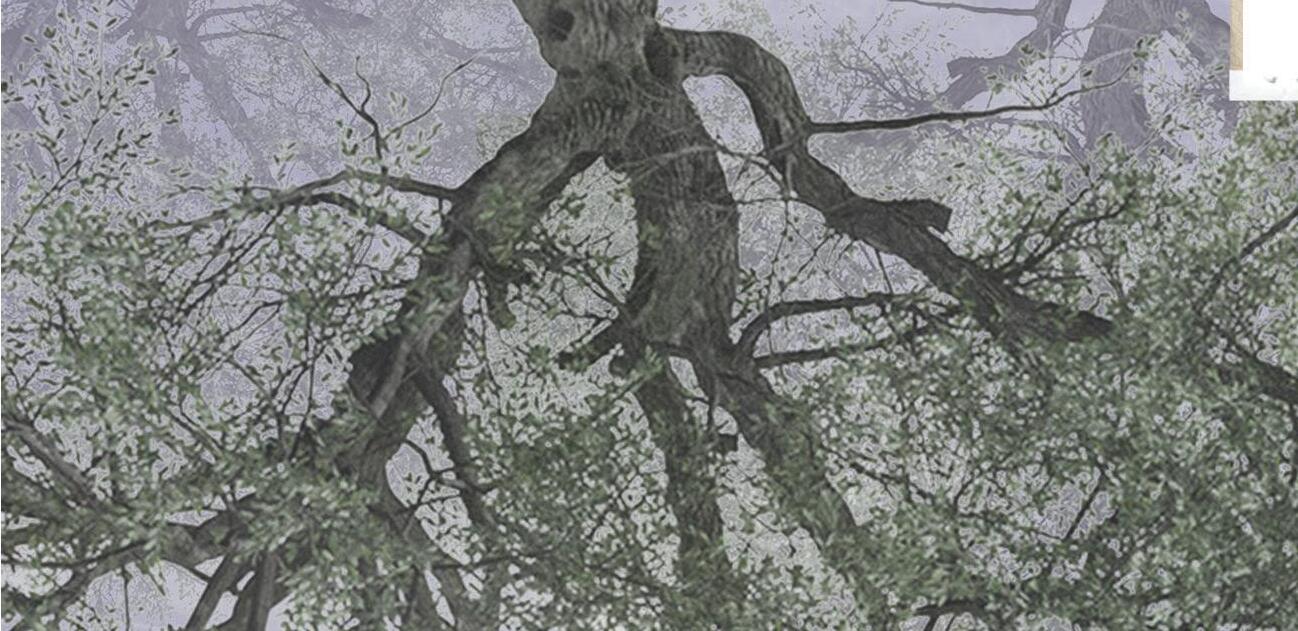
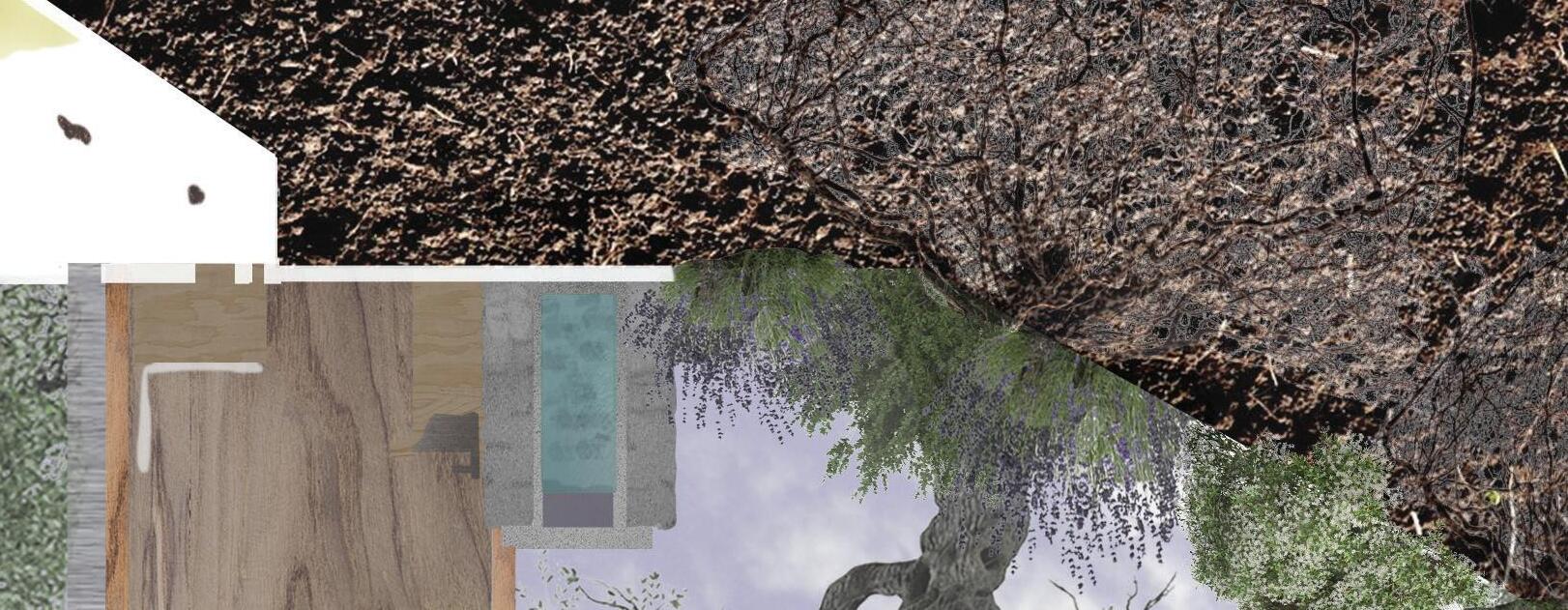
The Composting Stages:

avings
Ventilation pipe allows for there to be less odor

m, environment contribute to oxygen, moistur ca
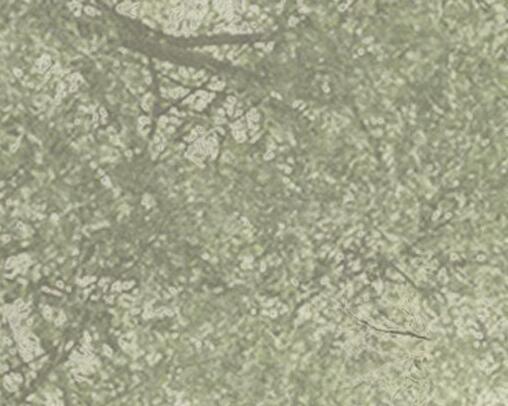


There are 4 factors that contribute to composting: oxygen, moisture, temperature, and the right carbon/nitrogen ratio. Each 'contribution' is balanced with 2-3 scoops of sawdust (sawdust absorbs all the nitrogen rich human contributions).

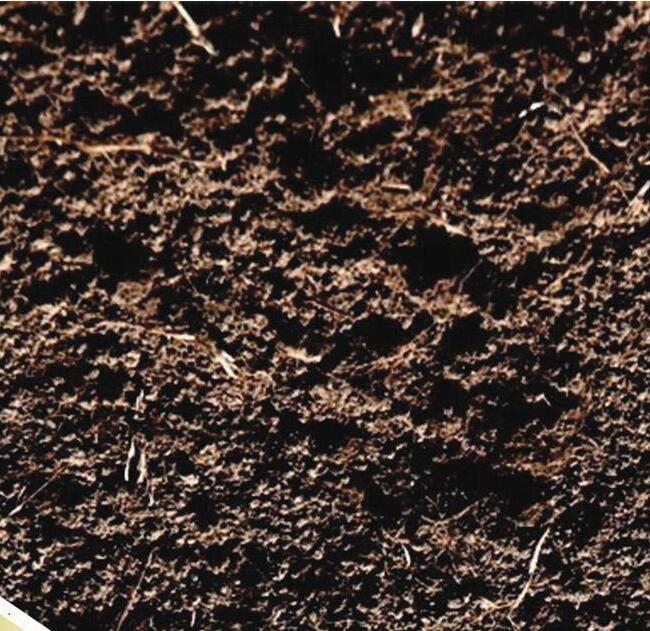
Stage 1: As the compost eats, reproduces, and creates heat, mesophilic bacteria eventually transition to halophilic bacteria at 44-52°C (111-125°F)
Stage 2: It is the thermophilic bacteria that thrive in higher temperatures, taking over and creating heat, sometimes reaching 70°C. This process can take months, days, or even weeks to complete. As it cools down again we reach
Stage 3: More diverse organisms such as fungi and earthworms move in and digest larger, coarser materials.
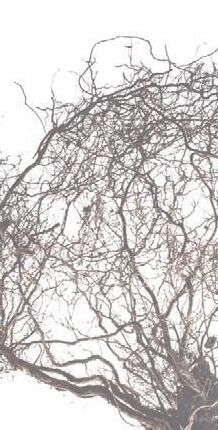
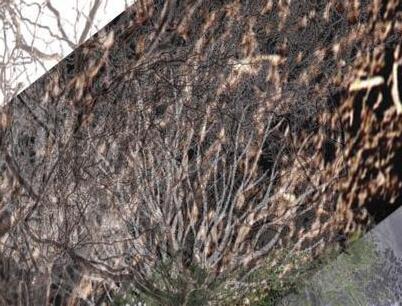
Stage 4: Curing/maturing is a long and important phase. It is important that long curing periods (e.g., one year in the temperate and half a year in the tropics) are employed to ensure pathogen destruction after the thermophilic stage. Microbiological competition in the compost pile will most likely kill them quickly the longer they are exposed to it. Soil food webs are involved in all of this.

Building
Restroom Habitat
The built structure used for the restroom could double as a habitat for the yellow-headed blackbird.

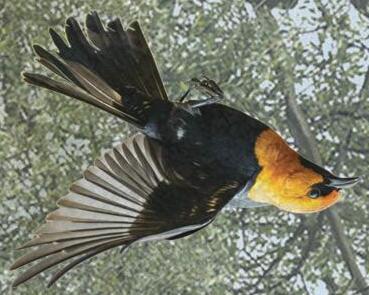

Introducing new spaces to act as places for habitat allows the introduction of more species to Army point.
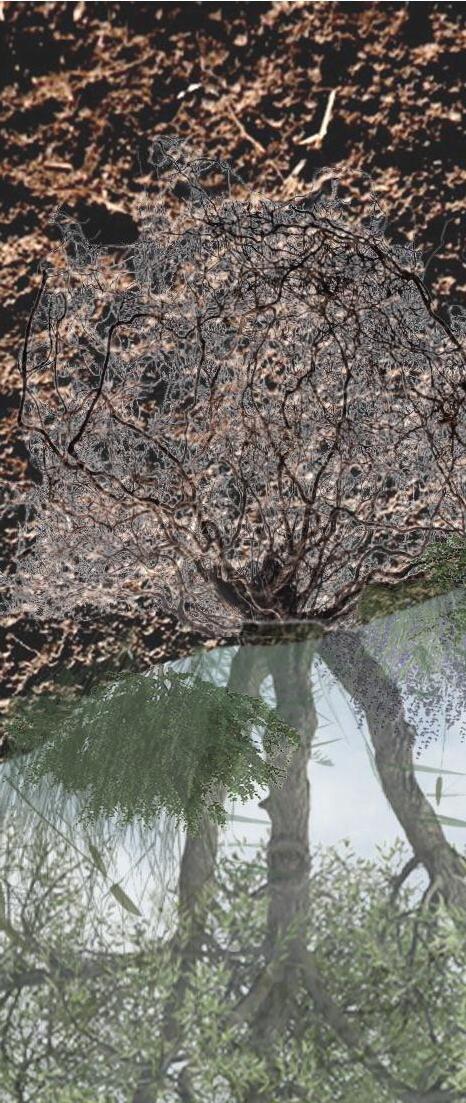
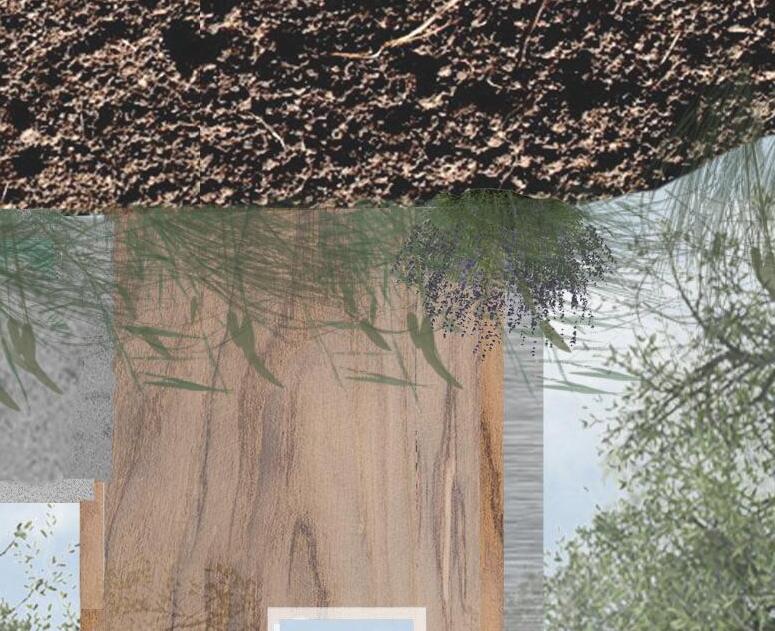
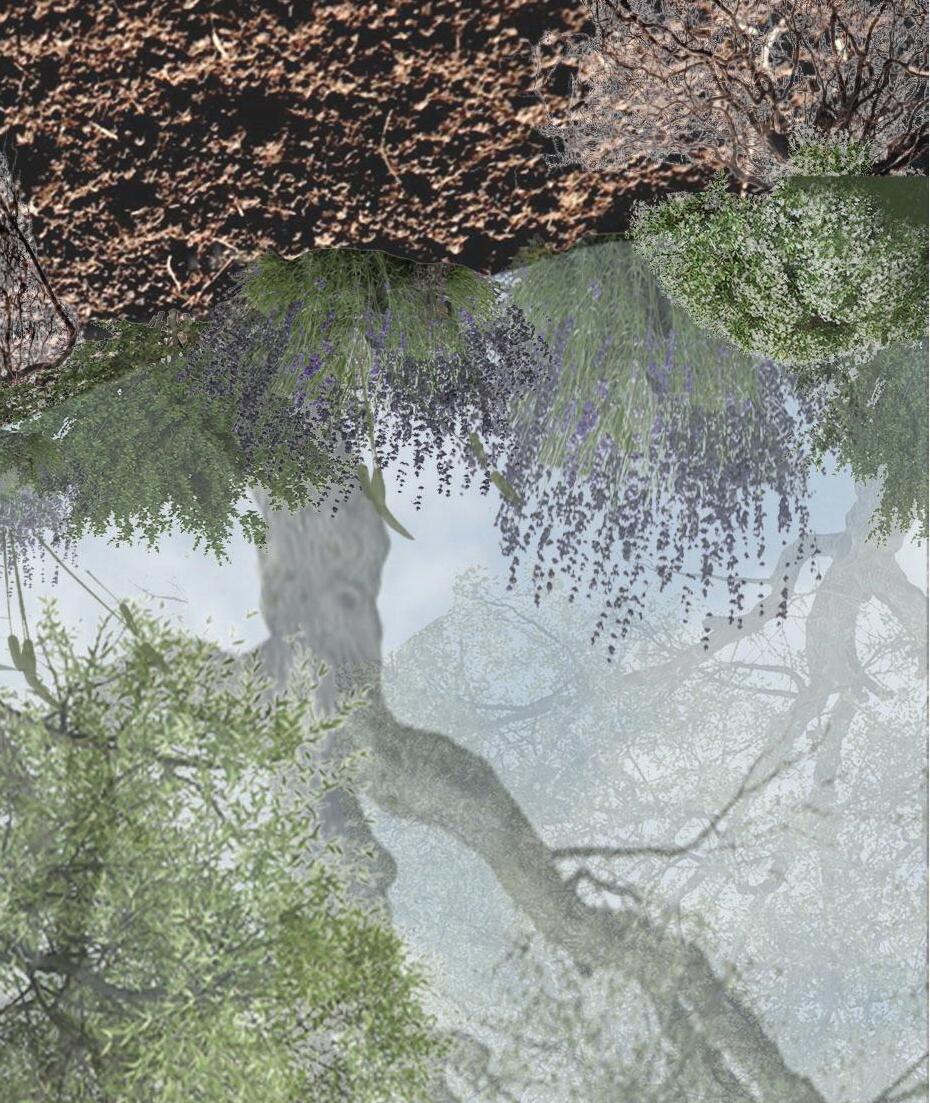

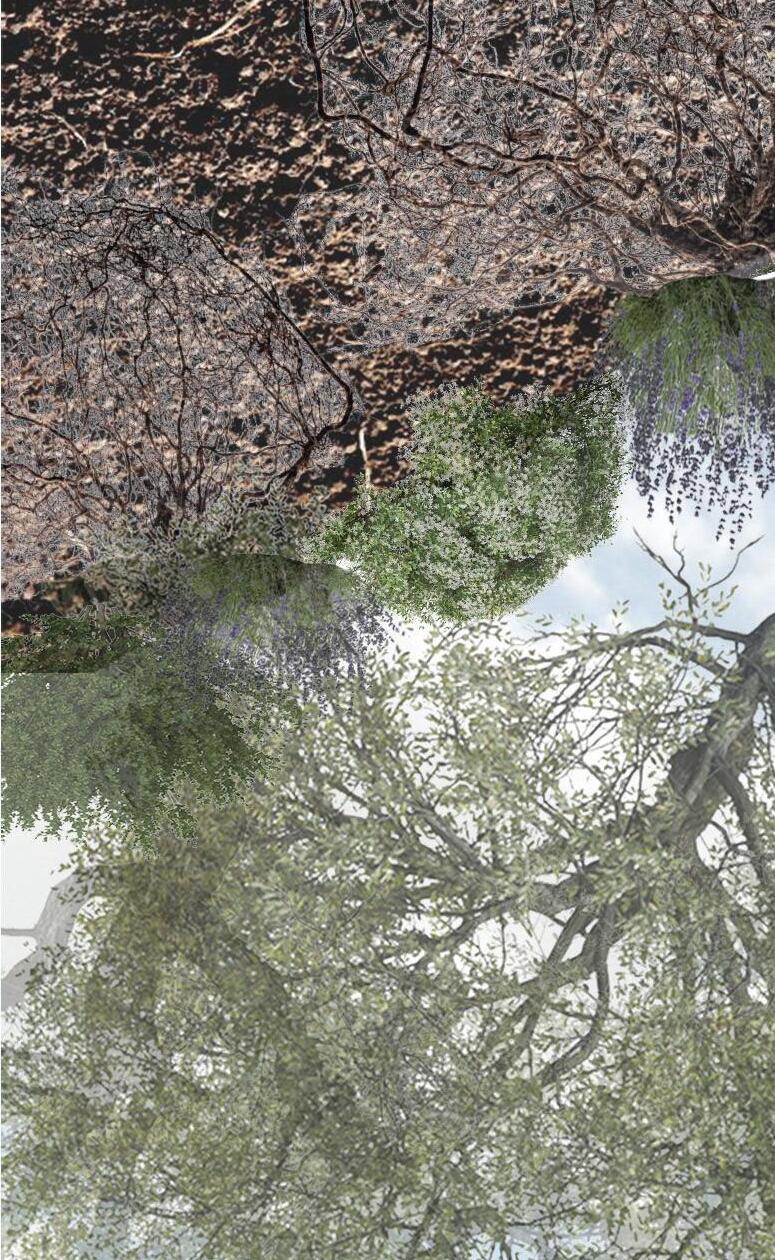


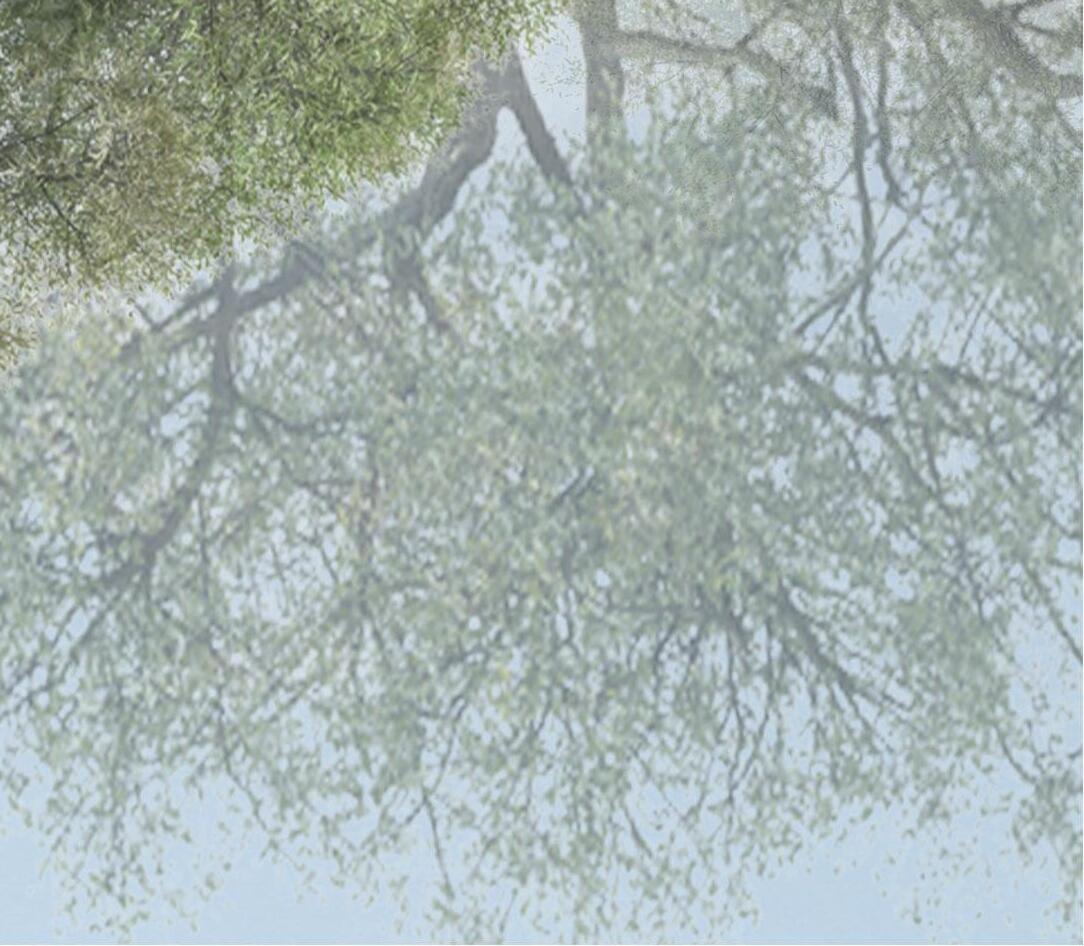
Stock Pond
Watering ponds for livestock have been constructed as a water source in rangeland settings. Enhancing existing stock ponds can result in improved water quality for livestock and the creation of wildlife habitats. Ponds can be magnets for wildlife, large and small, such as California red-legged frogs and the Pacific Pond Turtle. Tree frogs (aka chorus frogs), birds, bats, and other mammals also benefit significantly from the water availability and habitat provided by stock ponds.
These pond can be used for irrigating the site (based on amount of water).
Stock ponds have the potential to act as a form of erosion control.
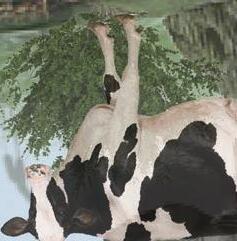
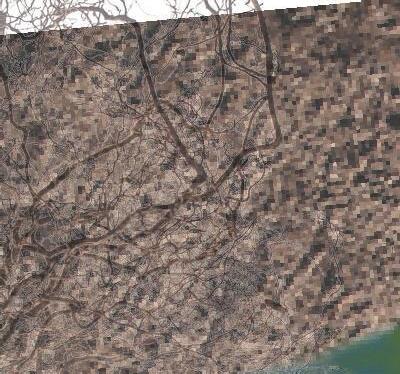

ponds act as a carbon sink

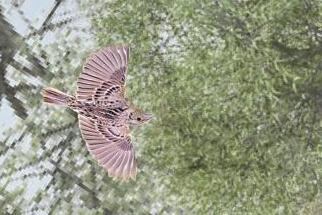



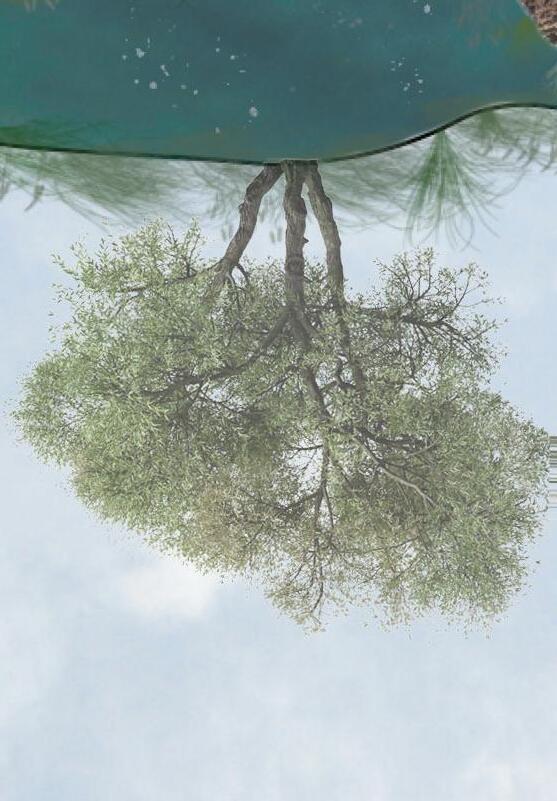
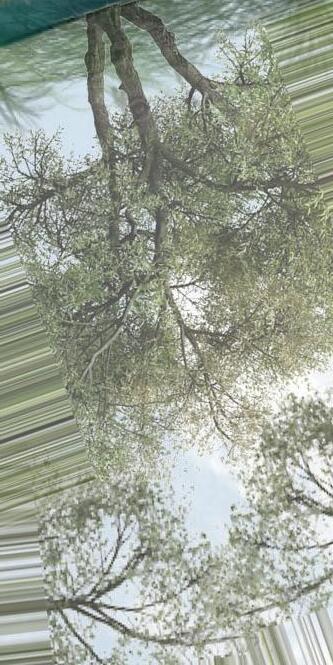

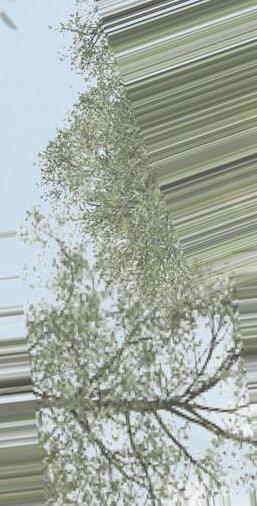
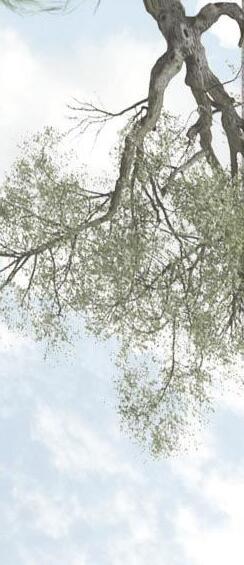

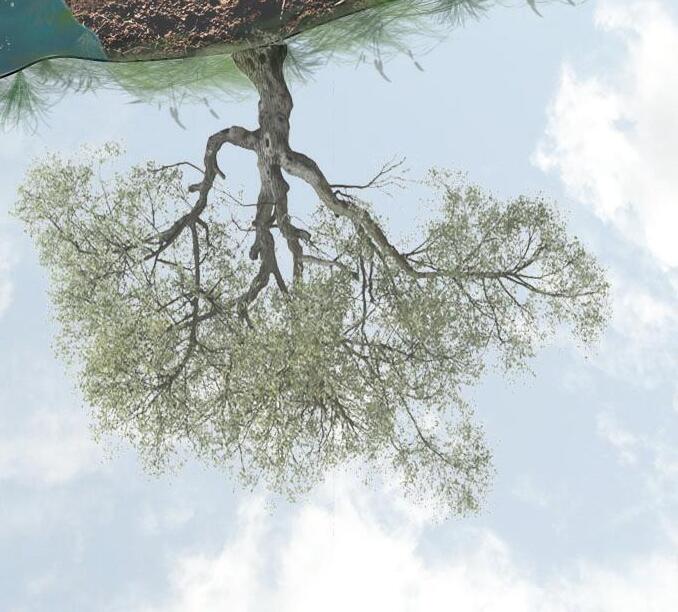
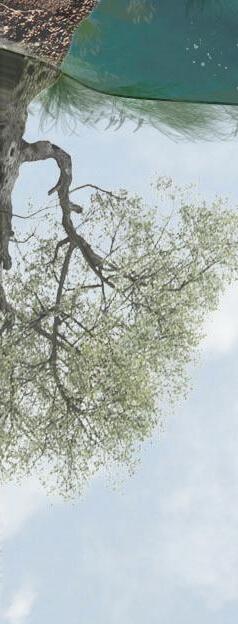
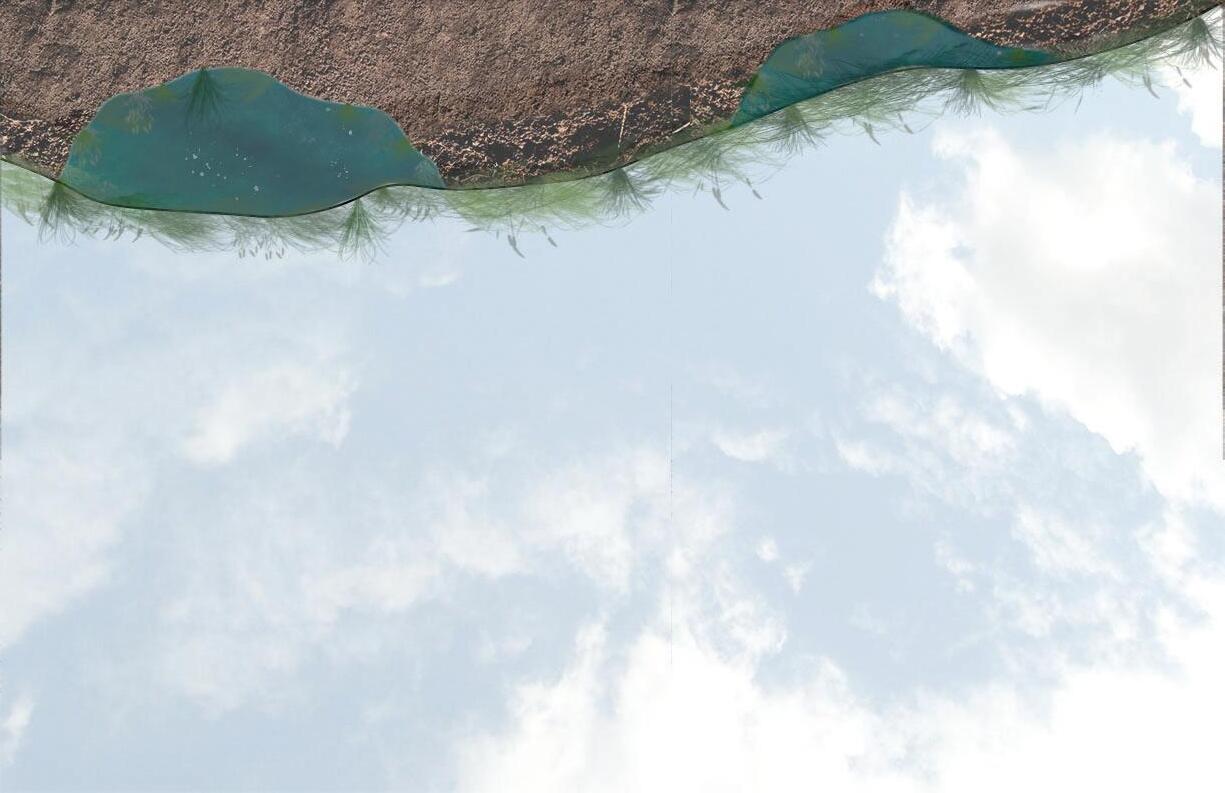
Habitat Introduction
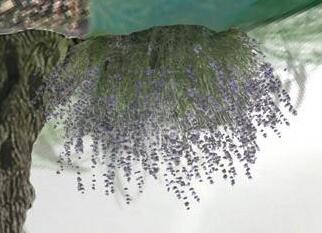

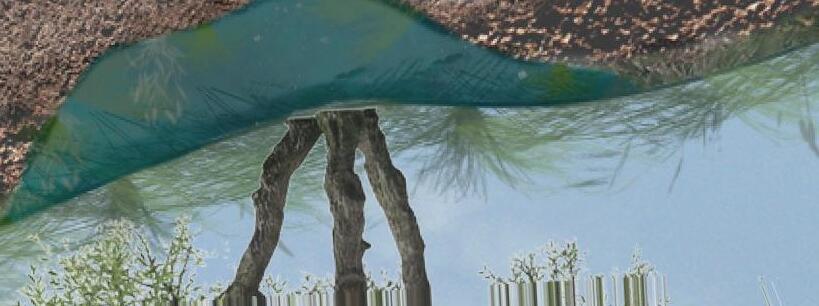
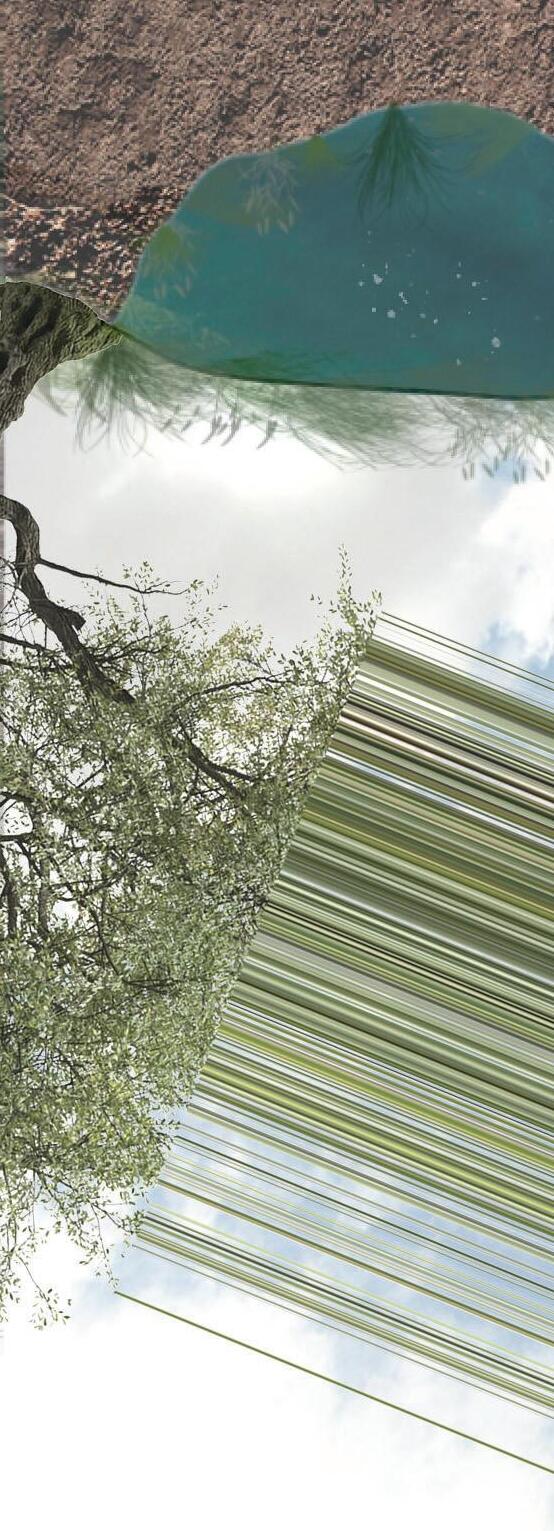
Stock ponds allow for different species to come and thrive on new land. Other species means new prey and predators coming to the area, expanding the fauna palette on the site.

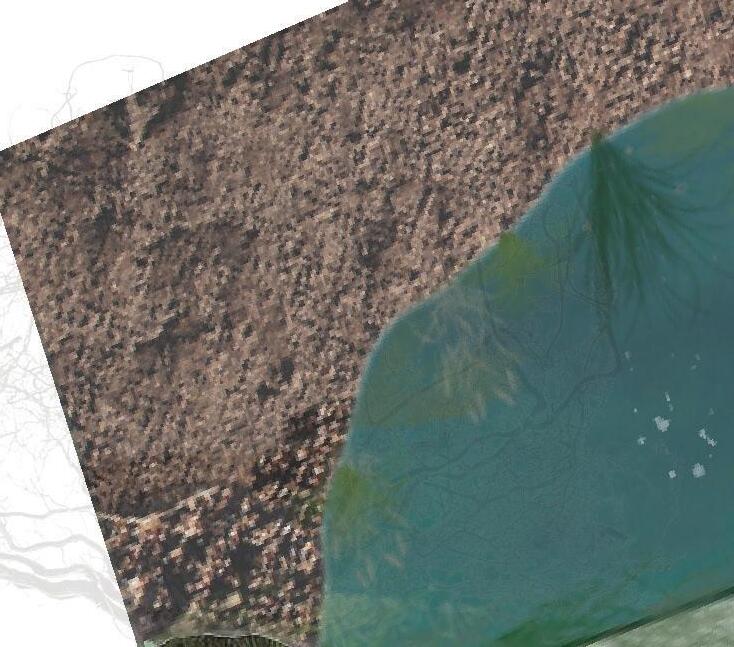
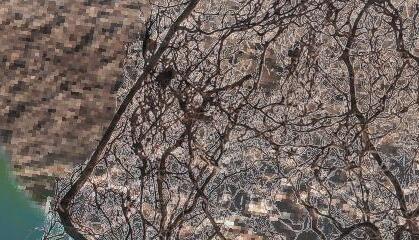



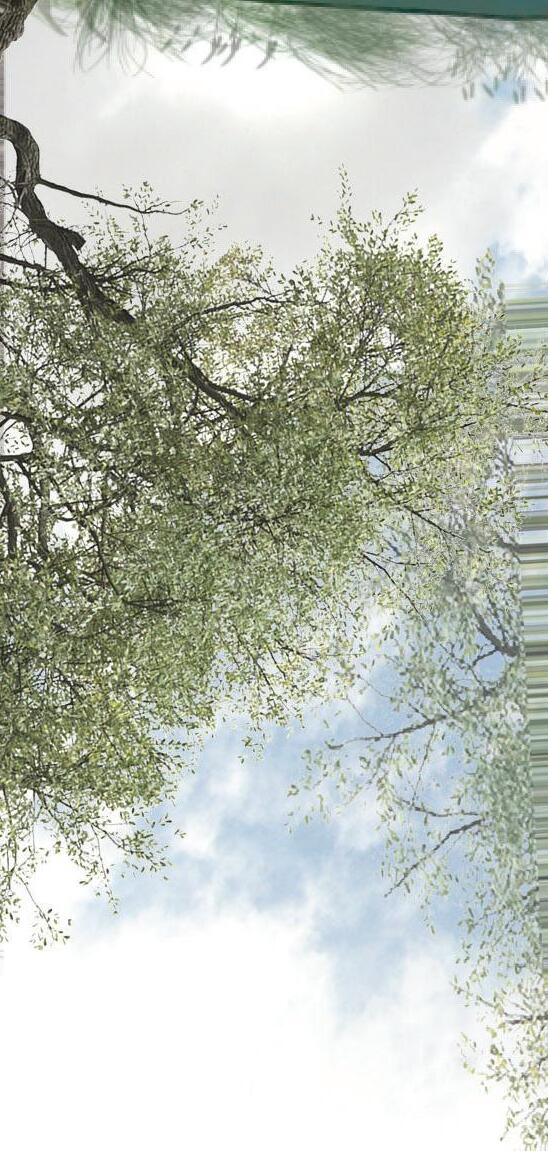

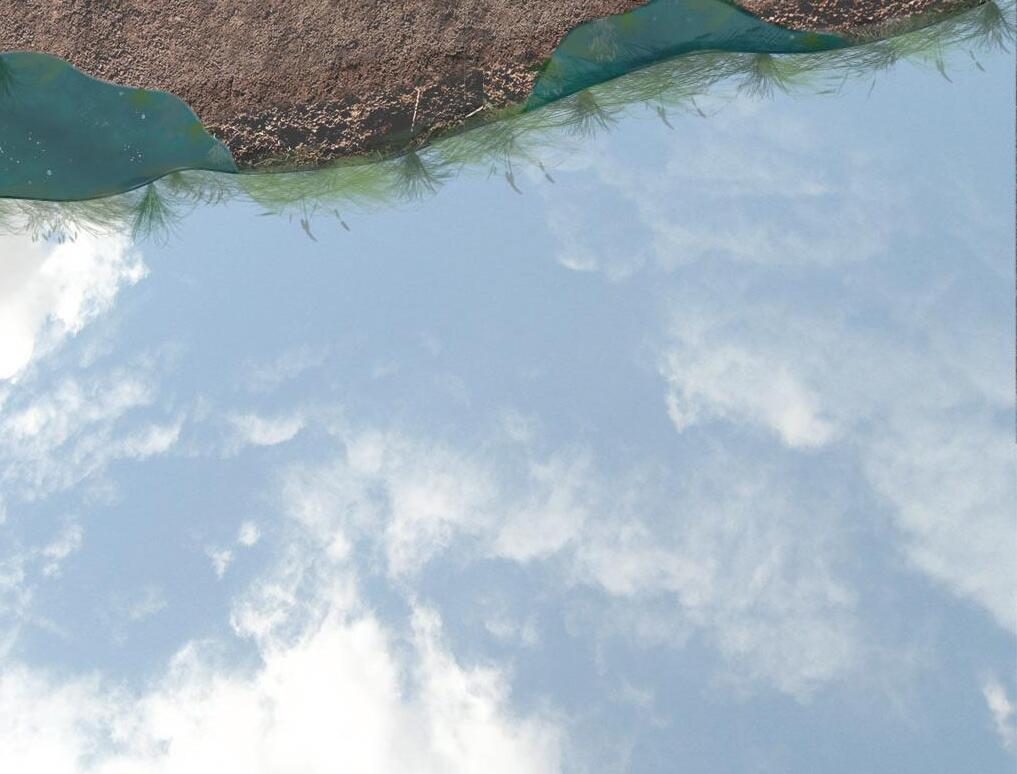
The western pond turtle being one of those species playing a new role in this ecosystem.





